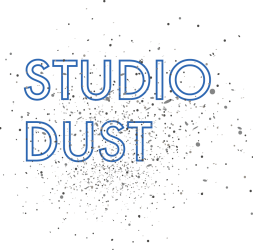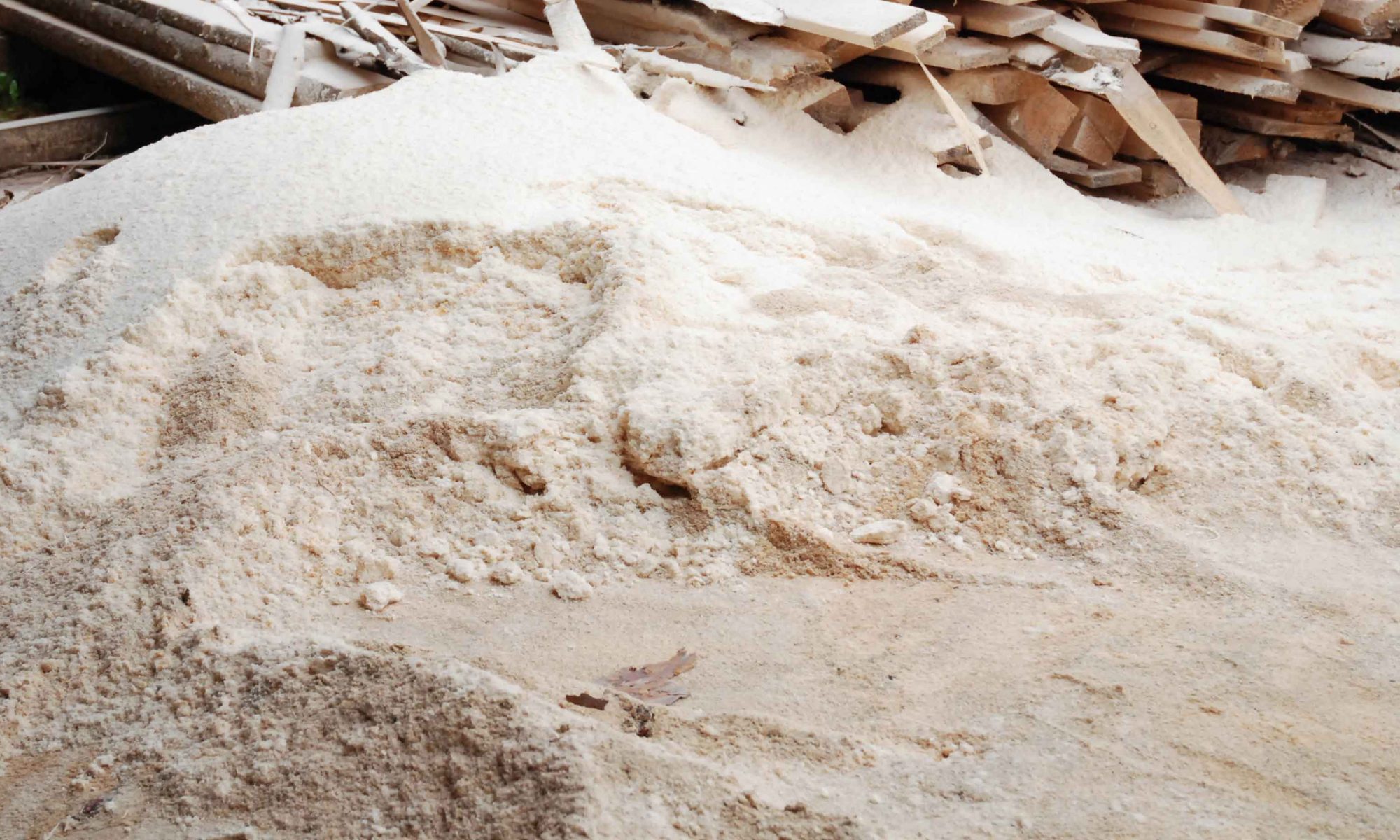>>> NEXT CHAPTER <<<PREVIOUS PAGE >TABLE OF CONTENTS<
1 RESEARCH OBJECTIVE
In this section, I will outline my personal context and how it influenced the decision to study this subject and present my research question. I will also lay out the definitions and frameworks of the research, including wicked problems, ecology, the changing role of the designer, amateur / Pro-Ams / multidisciplinary, and transdisciplinary. I then discuss my research methods and give a reason for my application of these methods within this study for design education.
1.1 INTRODUCTION
Who am I as a professional? I’m a designer, researcher, and design-educator. I’m trained at the design Academy Eindhoven to become an ‘expert’ in product design within the field of Wellbeing. I operate (with my self-founded Studio Dust) within the circular economy[1]. The Studio focuses on upcycling industrial waste ‘dust’ into products. My work consists of assignments related to material design regarding ‘waste’ flows and my own initiated projects. As a designer, I’m part of the City Lab ‘Stadslab Luchtkwaliteit’[2]. For example: I’m currently co-operating with architect Iris de Kievith on a project to visualize and materialize the invisible fine dust from traffic pollution. We use the fine dust as a material for glazing ceramic tableware. We will harvest the dust with locals and organize dinners to eat from the seemingly ‘dirty’ tableware in order to start a discussion about the consequences of fine dust for our health. The dust on the tableware is the same as we breathe day in and out. The fine dust on the ceramic will be safe due to ceramic techniques. It is simultaneously attractive and repellent.
In my design practice, I notice that my assignments and projects often relate to complex problems like the topic of air quality or the circular economy. This embodies a shift in the context of design, from product related to a social context, for example. It also changes the role of design within a design process. I take the role of networker, facilitator, logistics, and data analyst. This changing role also requires me to gain a lot of knowledge from these different fields of expertise. I developed, for instance, a lot of knowledge on fine dust[1]. In the case of the circular economy, I balance between my expert design role and unconventional know-how of things like logistics. I’m placing my expertise into new territories. It not only changes my expert design role, but I also have to add new roles outside my expertise.
This process could be described as taking an ‘amateur’ role beside the ‘professional’ design role. The level of my knowledge is not at a professional level, but is lead by my passion for a topic. This personal balancing process makes me wonder if this is something that I do naturally or is it something that I’m educated to do? It makes me curious about how similar practices by other designer’s function. What premise do these practices constitute? What can be expected of the of these practices’ outcomes? Which skills then belong to the designer? Should future designers be taught different skills? And what are the implications for design education?
[1] Circular Economy aims to develop products waste out, while minimising negative impacts and use renewable energy sources. From: https://www.ellenmacarthurfoundation.org/circular-economy [accessed April 2017]
[2] Stadslab Luchtkwaliteit: This is an open city lab addressing the issue of air quality, on a self-organized basis. It does not have a physical Lab Space. It consists of a trans-disciplinary team of 9 people varying in ages and backgrounds. It works together with professional air-quality institutions such as RIVM and is funded by the ‘Creative Industries Fund NL’ (2015 and 2016), the municipality of Rotterdam, and is part of the CityMaker Movement by the Rotterdam Architecture Institute.
[1] Fine dust consists of tiny particles with diameters of less than 10 micron.
>>> NEXT CHAPTER <<<PREVIOUS PAGE >TABLE OF CONTENTS<

